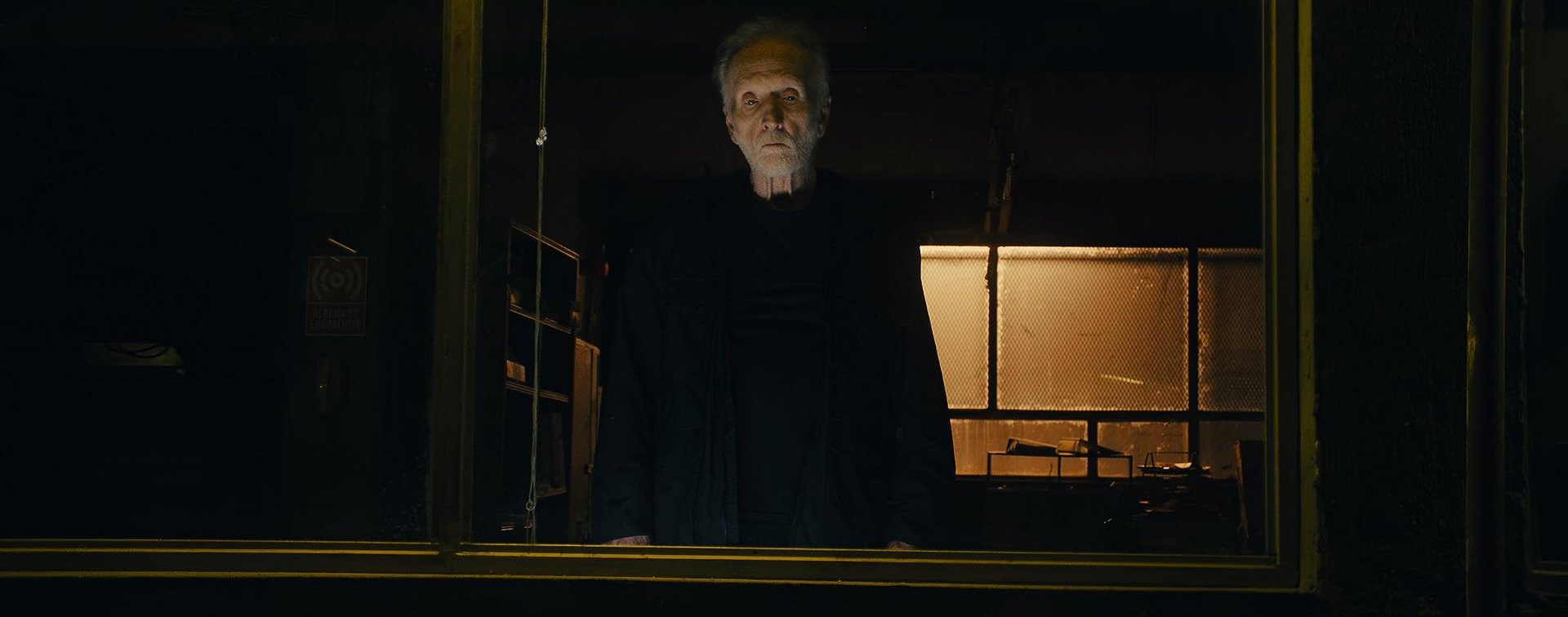Saw X
 for sequences of grisly bloody violence and torture, language and some drug use.
for sequences of grisly bloody violence and torture, language and some drug use.
Reviewed by: Jim O'Neill
CONTRIBUTOR
| Moral Rating: | Extremely Offensive |
| Moviemaking Quality: |
|
| Primary Audience: | Adults |
| Genre: | Crime Horror Mystery Sequel |
| Length: | 1 hr. 58 min. |
| Year of Release: | 2023 |
| USA Release: |
September 29, 2023 (wide release) DVD: November 21, 2023 |
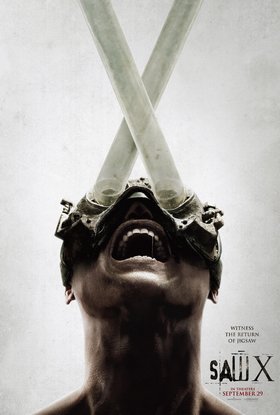

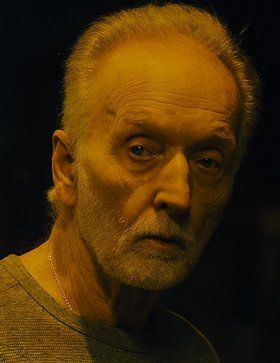

Medical scammers in Mexico offering a risky and experimental medical procedure to cure cancer
Where did CANCER come from? Answer
ORIGIN OF BAD THINGS—A loving Creator made our world, so why are their so many bad things int it? Answer
About the fall of mankind to worldwide depravity
Learn about spiritual light versus darkness
Revenge
Sadism
Movies that present brutal, grisly horror violence and torture as a form of entertainment
FILM VIOLENCE—How does viewing violence in movies affect families? Answer

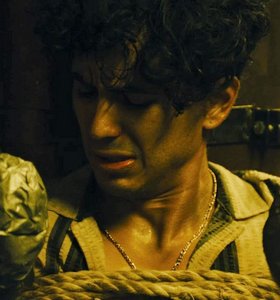
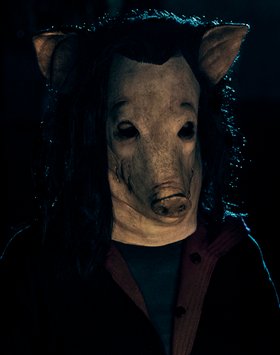


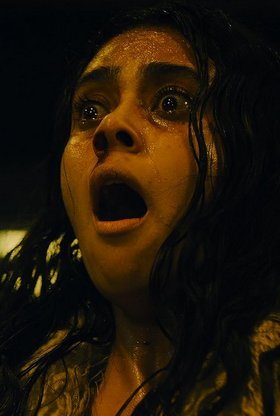
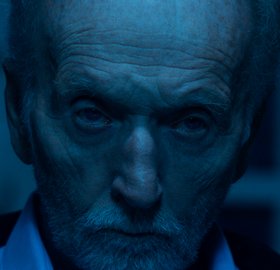
| Featuring |
|---|
|
Tobin Bell … John Kramer Shawnee Smith … Amanda Young Synnøve Macody Lund (Synnove Macody Lund) … Cecilia Pederson Steven Brand … Parker Sears Renata Vaca … Gabriela Joshua Okamoto … Diego Octavio Hinojosa … Mateo Paulette Hernandez (Paulette Hernández) … Valentina Jorge Briseño (Jorge Briseno) … Carlos Costas Mandylor … Hoffman Michael Beach … Henry Kessler See all » |
| Director |
|
Kevin Greutert |
| Producer |
|
Aldea M Estudios [Mexico] Corazón Films [Mexico] See all » |
| Distributor |
“Wrath and anger are hateful things, yet the sinner hugs them tight. The vengeful will suffer the Lord’s vengeance, for He remembers their sins in detail.” — Book of Sirach (Ecclesiasticus) 27
“Whoever fights monsters should see to it that in the process, he himself does not become a monster.” —Friedrich Nietzche
The “Saw” movie franchise, like most viruses, weakens the more it replicates. The first “Saw” movie, set almost entirely in a murky and soiled basement, a symbol of a decaying soul, resonated because it stirred a viewer’s guilty conscience and cried out for atonement, not just corporal, but spiritual. It was bloody, vicious, and often just plain gross, but it had a poetic aura, emblematic of much of the work of its director, James Wan. His original “Saw,” along with his “Insidious” and “Conjuring” films, elevated the horror genre to an enlightened sphere, if not an artistic one.
The “Saw” sequels—I have seen a lot of them, but not all—lack Wan’s understated suspense and lyric touch. The subsequent films have devolved into artless collages that are brutal, ugly, and toothless. They elicit disgust by repetitive torture scenarios fueled by screams and simpers, but fail to infect an audience with even a tingle, let alone a shiver.
Despite knocking off the film’s torturer/killer, John “Jigsaw” Kramer (Tobin Bell), in “Saw III,” the paint-by-numbers writing team continue to resurrect him, either in flashbacks or in the guise of copycat killers. In each rendering, Bell’s performances fail to advance or more fully expose the mind behind the loathsome Mr. Jigsaw. By now, one would hope that Bell could convey something more than banal resignation with those doleful eyes and dour lips. But no such luck. He’s the same gloomy Gus he’s always been. Perhaps he’s just as bored as the rest of us are with the head cages, scalpels, and amputation devices that overload the earlier films, and crowd out this one. The reappearance of his apprentice in the torture arts, Amanda, played sardonically by Shawnee Young, adds a comic, and sometimes soft, touch to the otherwise academically maudlin barbarities, but her performance ultimately flames out as her sputter takes a back seat to the splatter.
The action of “Saw X” takes place between the events of “Saw I” and “Saw II.” John Kramer travels to Mexico for an operation to cure his terminal cancer. He discovers that the cancer was not treated successfully; in fact, the entire procedure was a scam perpetrated by unscrupulous doctors to defraud patients who are suffering and vulnerable. The ensuing scenario makes little sense, the crux being that the genius IQ Kramer can be duped by what is an obvious fraud. He suffers from a terminal brain malignancy, yet he shows no symptoms of the debilitating malady. His mental status, his neurological function, and his cold stare show no signs of impairment. There’s not even a facial droop, something that would be a welcome relief from his empty eyes.
From those anemic roots the plot develops like a tendril, one that creeps but never takes hold. The head doctor, an enticingly deadly Synnove Macody Lund, and her hapless cohorts are kidnapped, drugged and hidden away in a bunker. They are given the chance to save themselves by sacrificing a piece of their flesh: a leg, an arm, a piece of brain matter. Jigsaw will reward them with life, and freedom, if they cut away that part of themselves. I thought of the irony – unfortunately not explored here, or even hinted at—that in today’s culture we are told that sacrificing body parts to affirm gender identity can bring us freedom, and a new life. Such progressive but Frankenstinian scientism could use a bit of acerbic needling, in the way Freddy Krueger scolds the teenage sexual I’d or Dracula flaunts the Darwinian concept that strength, as well as disease, come to us through the blood. But the director, Kevin Greutert, plays on a superficial plane, unable to replicate the delicacy and the wit of eerily comic horror-movie masters such as James Whale, Tod Browning and Wes Craven. Greutert instead goes for a visceral response letting the blood flow copiously and callously. There’s even a segment in which, instead of waterboarding, he gives us “blood-boarding.”
No, I won’t describe that mostly unwatchable passage, but I do wonder why they would use a child as the victim in such a soulless scene.
Jigsaw’s anger is understandable. The crimes he sees, especially the ones that victimize him, cry out for justice. Setting himself up as judge and executioner, however, is an act of surrender, not of honor. There is nothing prudent or evenhanded in the sentences he dispenses, although any number of hands are sacrificed. He goes about his work, believing that judgment and punishment are man’s domain, not God’s. He bites into the apple that offers him the knowledge of good and evil, and in doing so, suffers a fall not just from grace, but from everything.
In “Saw,” we see a world in which sinners are judged and fire is called down upon them. I’m all for bringing fire down if that fire is made up of flames of mercy and sparks of a loving judge who burns himself into our hearts. In the “Saw” universe, there is no mercy, only punishment and retribution. Jigsaw tells us that “if you find the meaning of your life, you find your soul,” but his philosophy is a demonic inversion of John 15:13: “There is no greater love than to lay down one’s life for one’s friends.” In seeking his life by sacrificing the lives of others, Jigsaw abandons his own.
Sadly, the filmmakers ignore the toll that revenge takes on the person’s body and spirit. They dismiss the lesson of Sophocles’ “Electra” or of Shakespeare’s “Titus Andronicus,” or even of the 1960s Vincent Price movie, “The Conqueror Worm,” a movie that also ends in a dirty basement equipped with chains and torture devices. But in that classic film, it is the dungeon of a soul overcome with vengeance that evokes true, and unforgettable, howls of horror.
“Saw X” is a germ of a movie, but it’s a surface contagion, unable to stir anything but the shallowest of waters. It’s a low rent funhouse ride whose chills are gimmicky, gruesome, and cheap. Its mirrors may crack, and its floors may shift, but its tricks only serve in keeping us from looking into the waters’ depths. Where the truth lies. And where the real scary stuff awaits.
- Violence: Extreme
- Profane language: Very Heavy
- Vulgar/Crude language: Very Heavy
- Drugs/Alcohol: Heavy
- Sex: Mild
- Occult: Mild
- Nudity: Minor
- Wokeism: Minor
Q & A
Learn about spiritual light versus darkness
Learn about DISCERNMENT—wisdom in making personal entertainment decisions
 Every time you buy a movie ticket or buy or rent a video you are in effect casting a vote telling Hollywood, “I’ll pay for that. That’s what I want.” Read our article
Every time you buy a movie ticket or buy or rent a video you are in effect casting a vote telling Hollywood, “I’ll pay for that. That’s what I want.” Read our article
About the fall of mankind to worldwide depravity
See list of Relevant Issues—questions-and-answers.


PLEASE share your observations and insights to be posted here.
